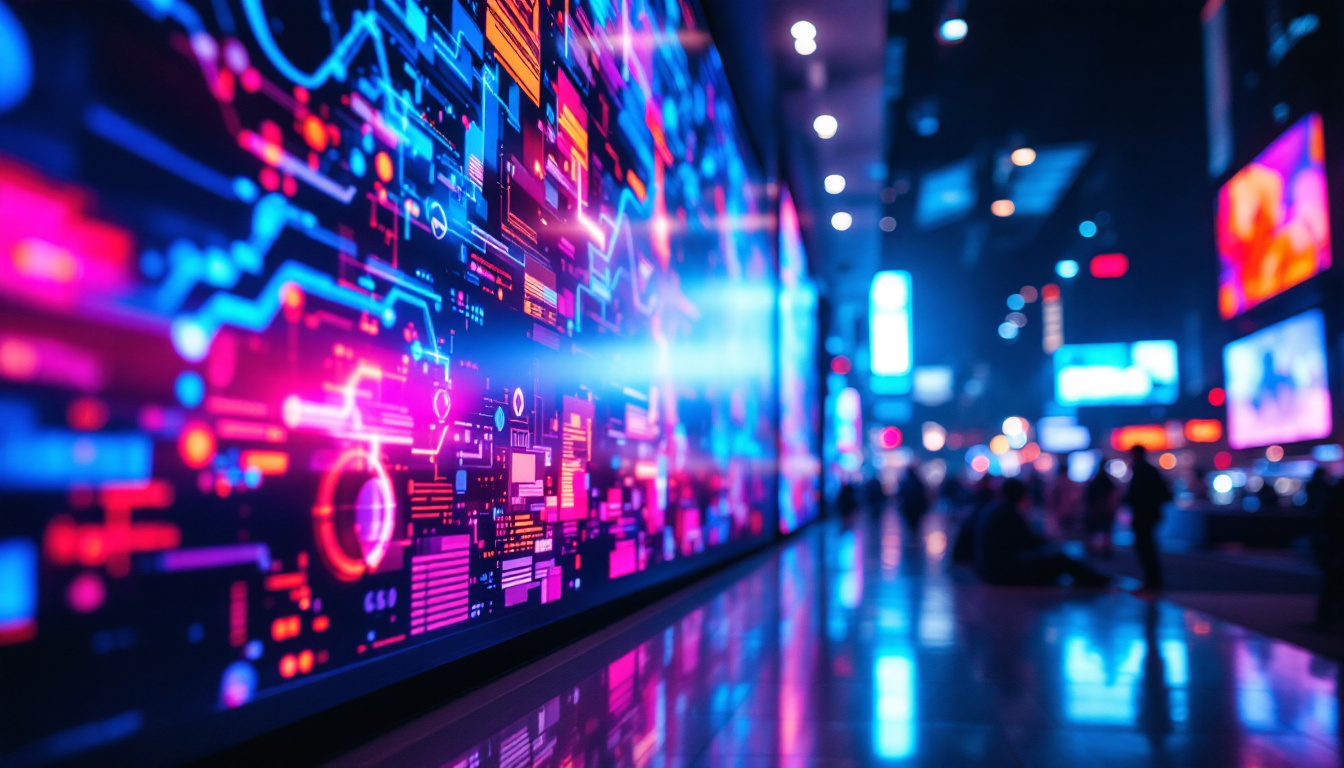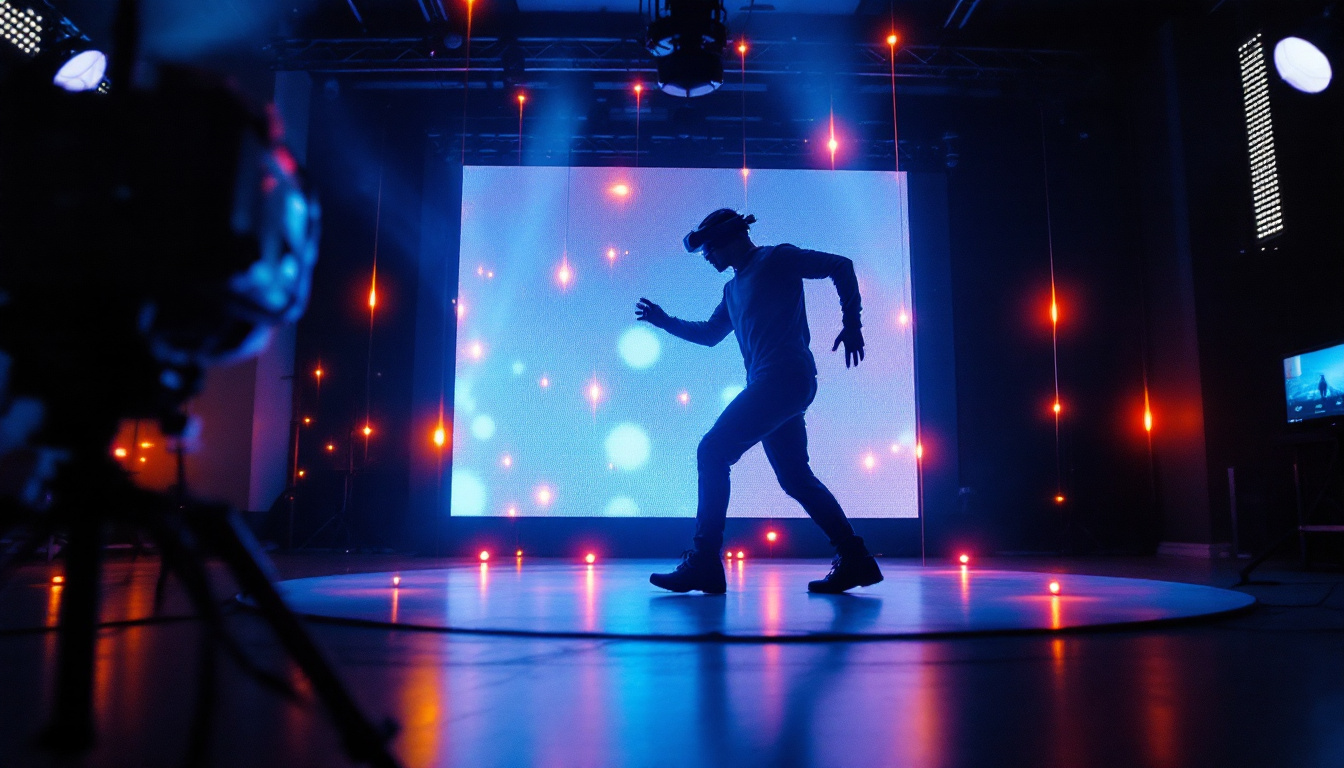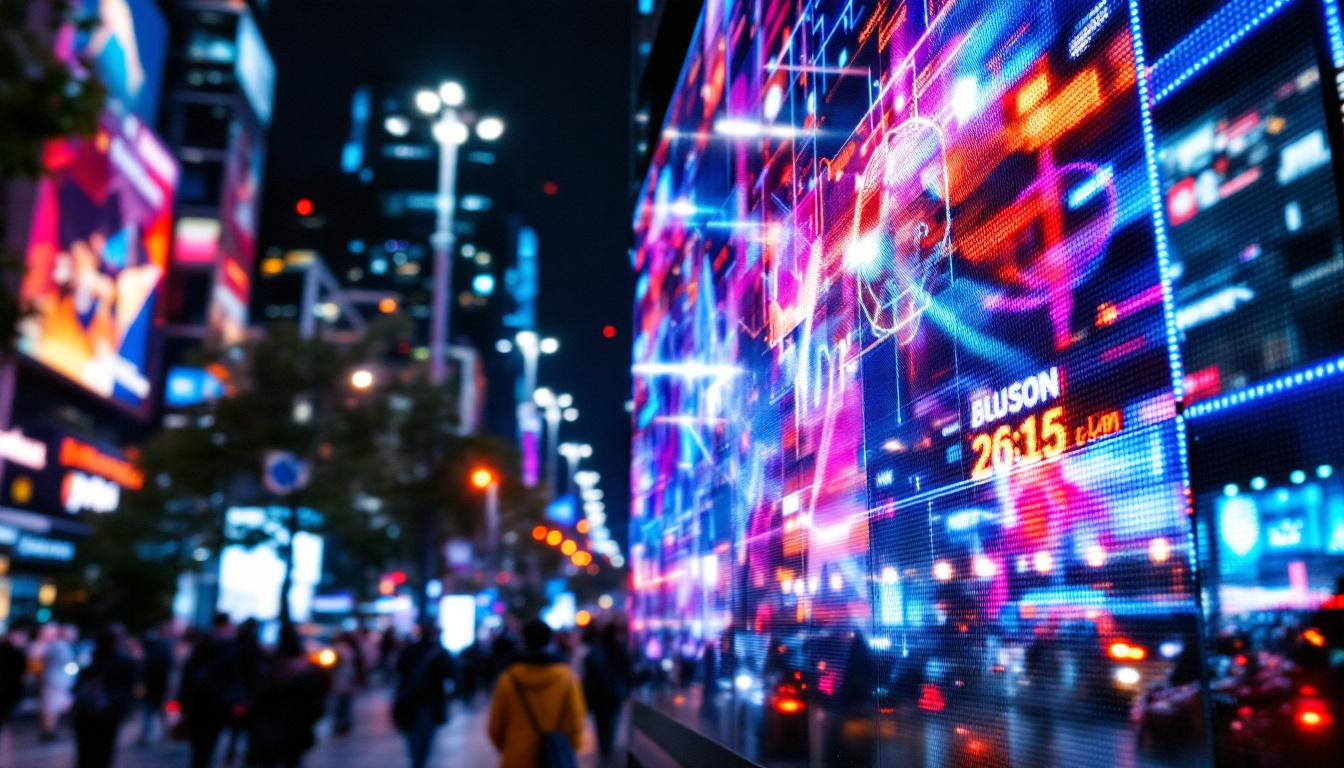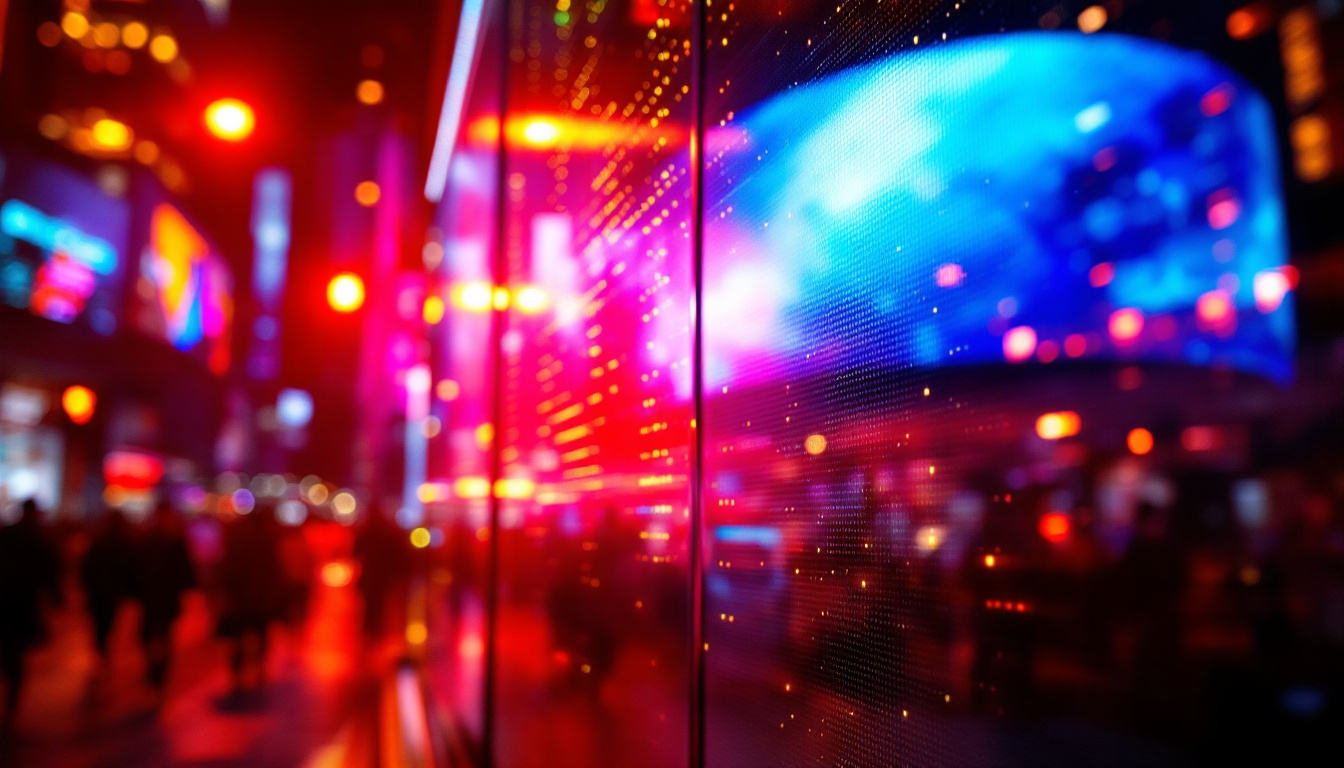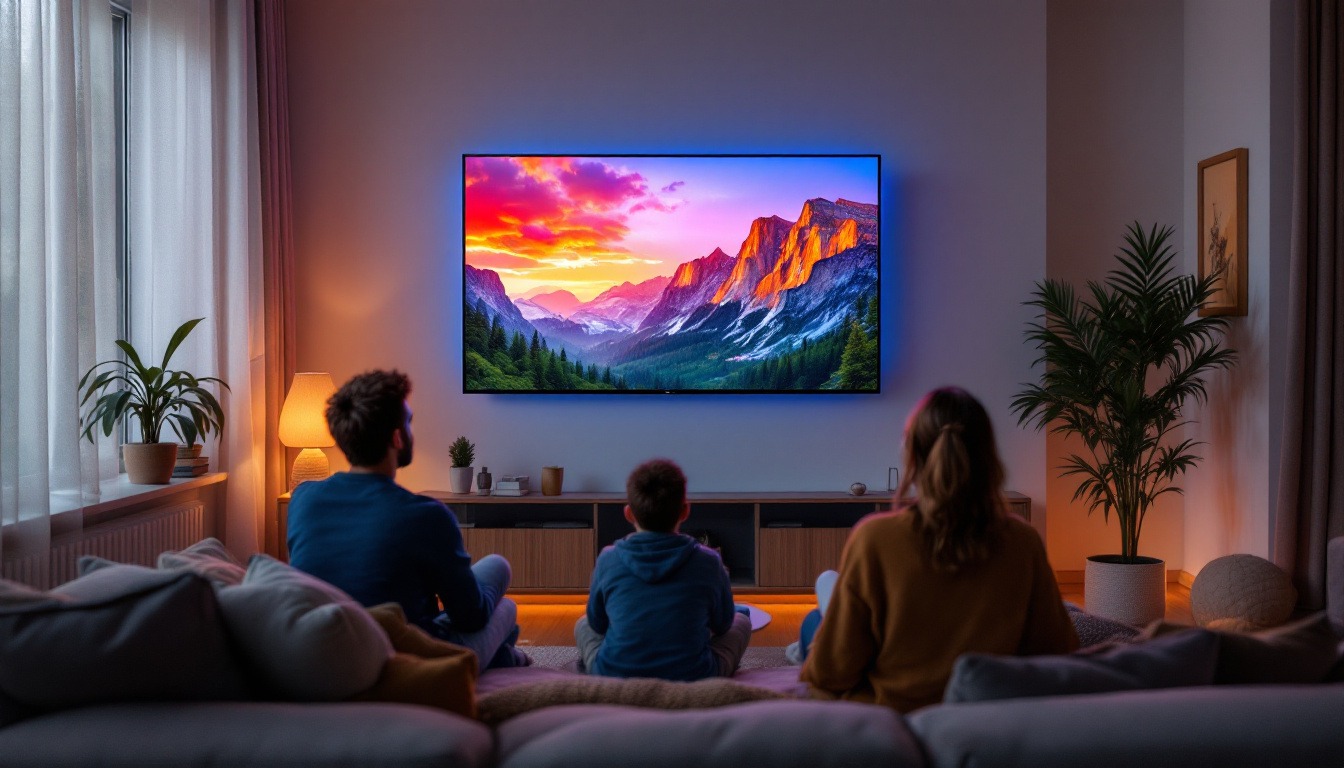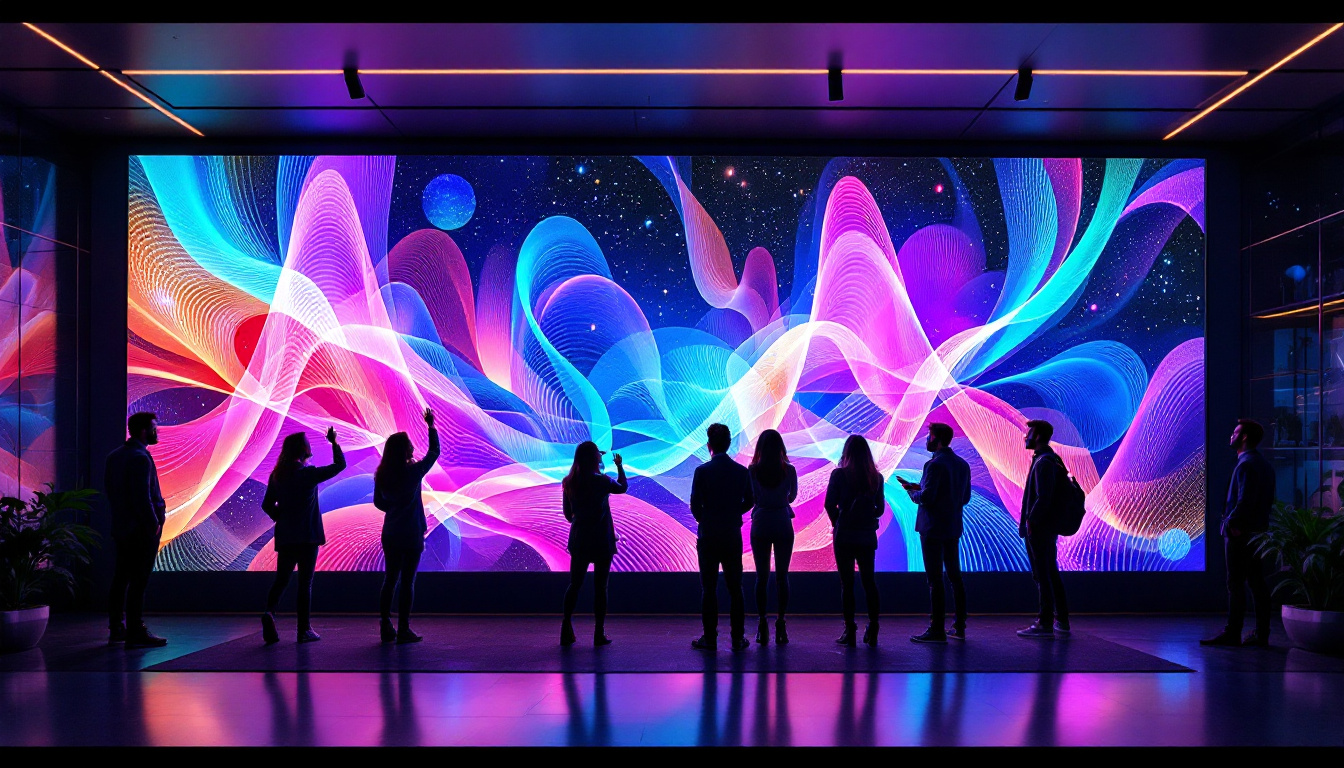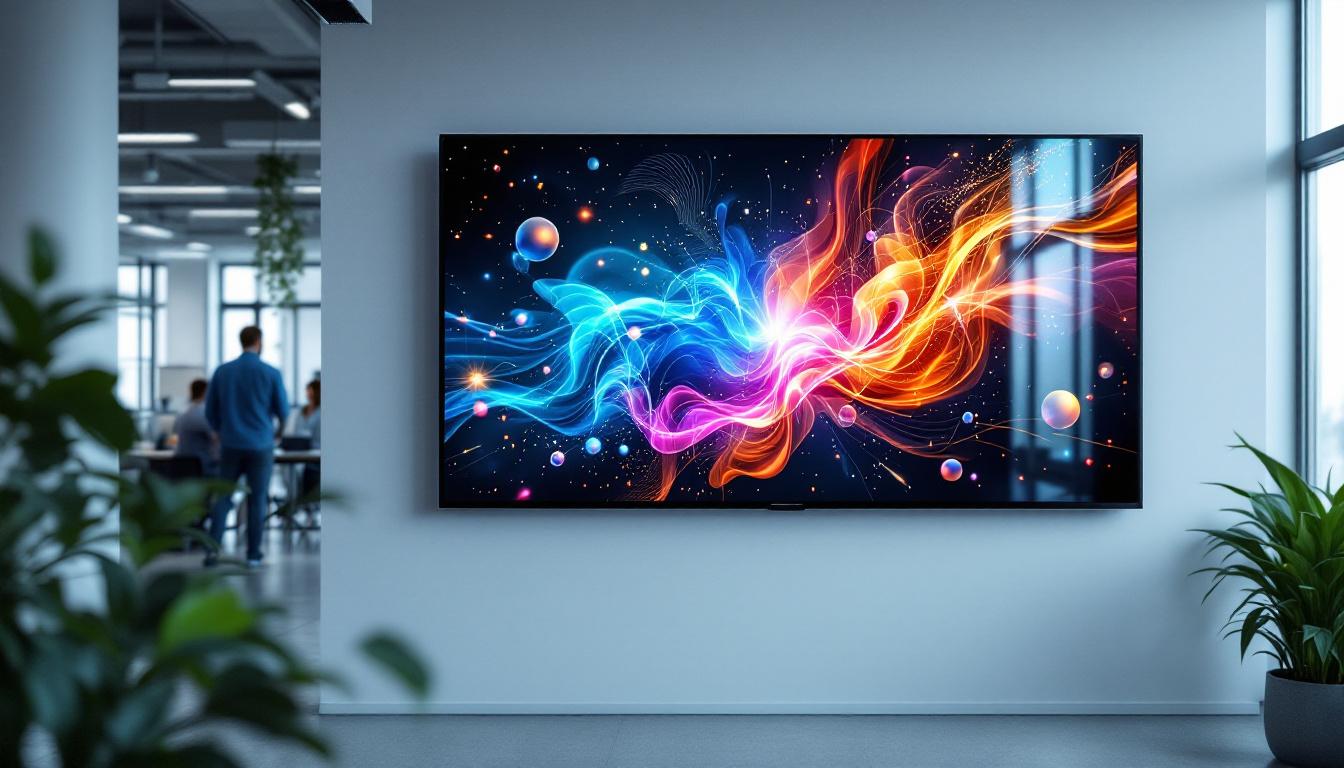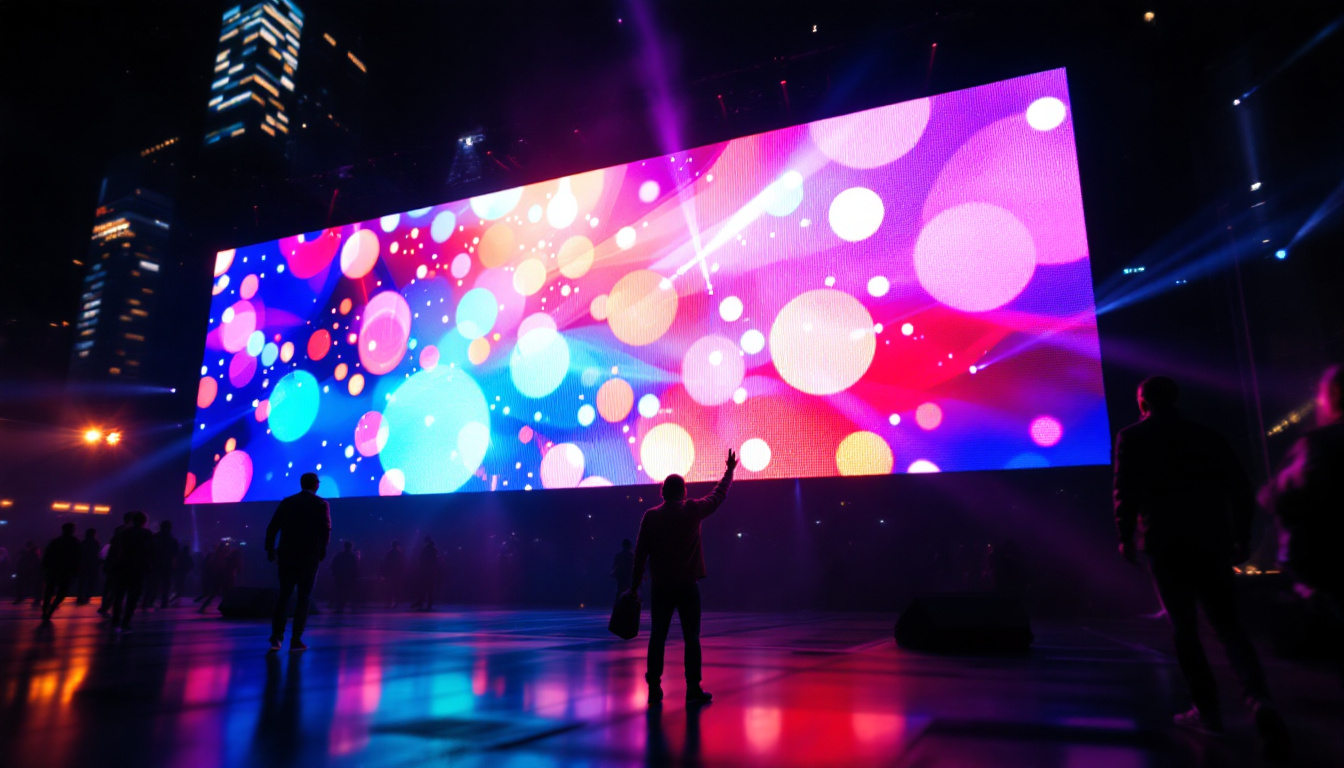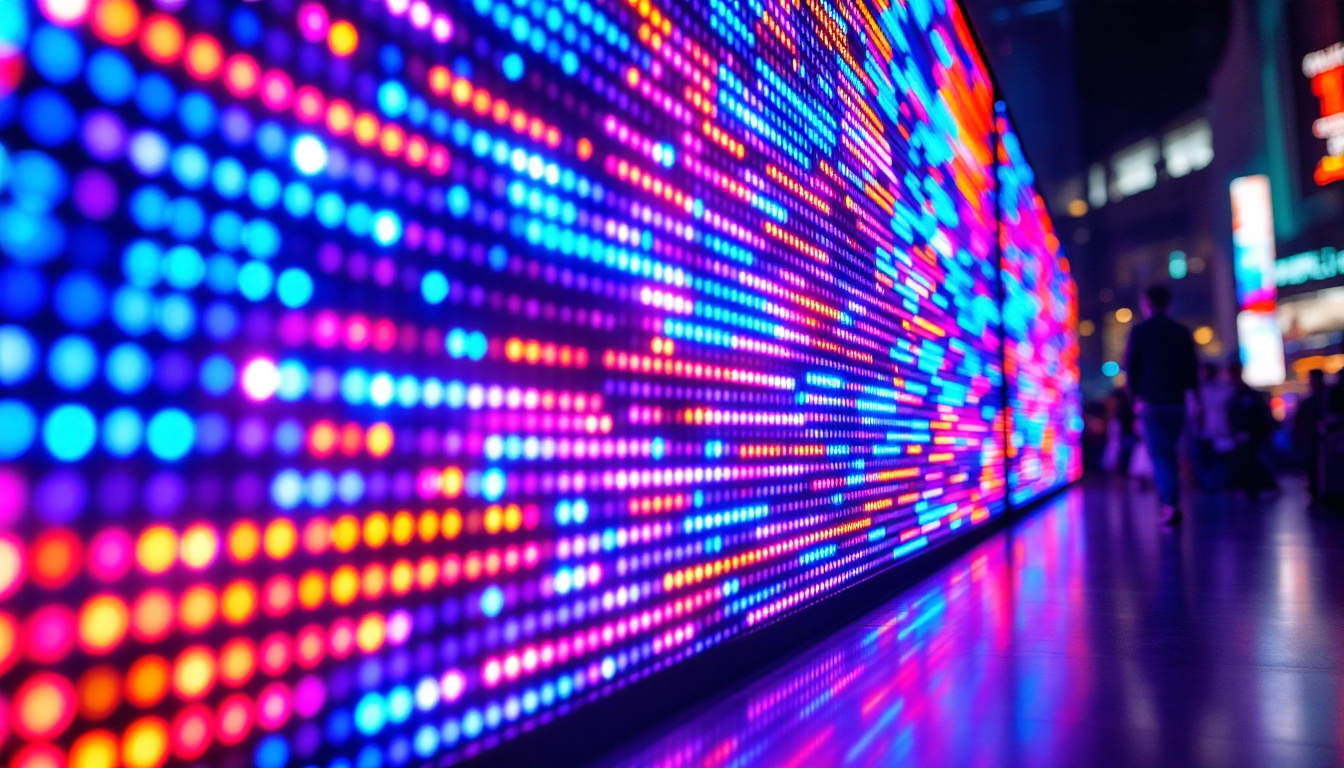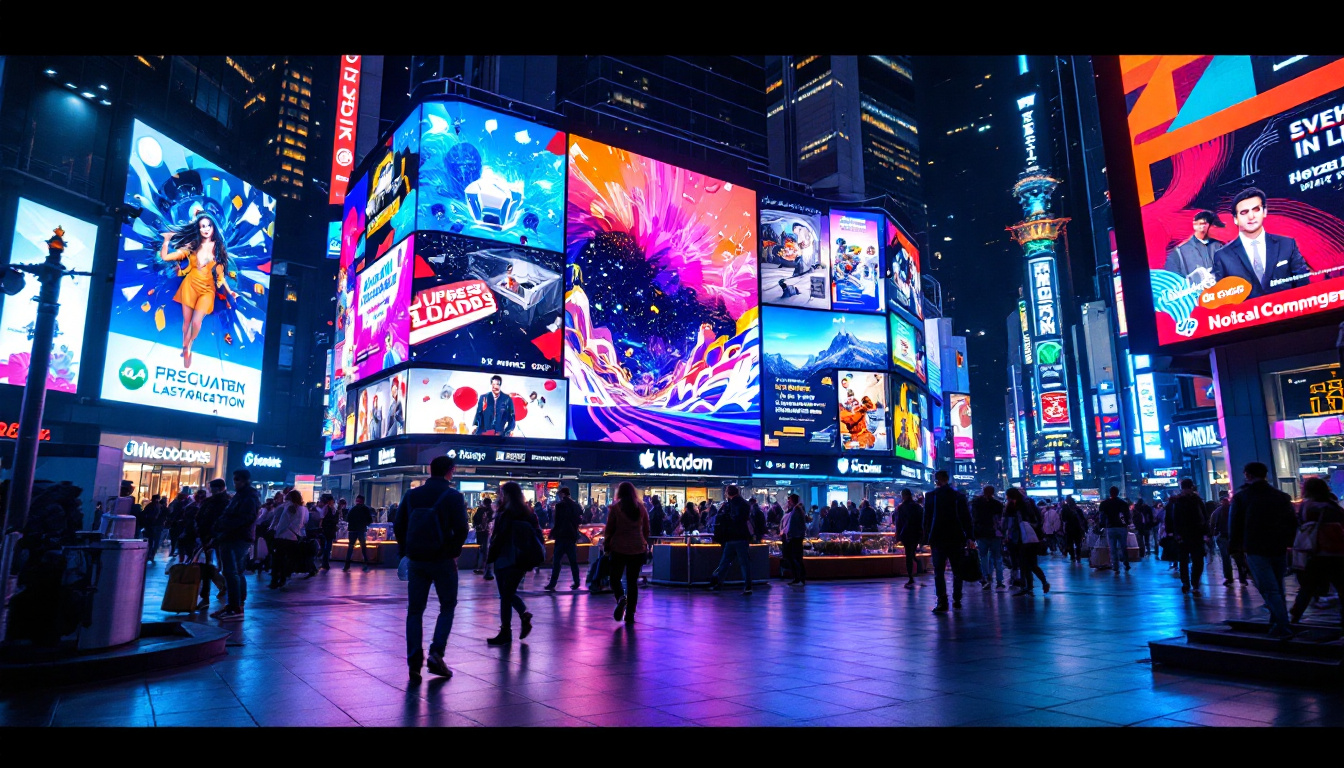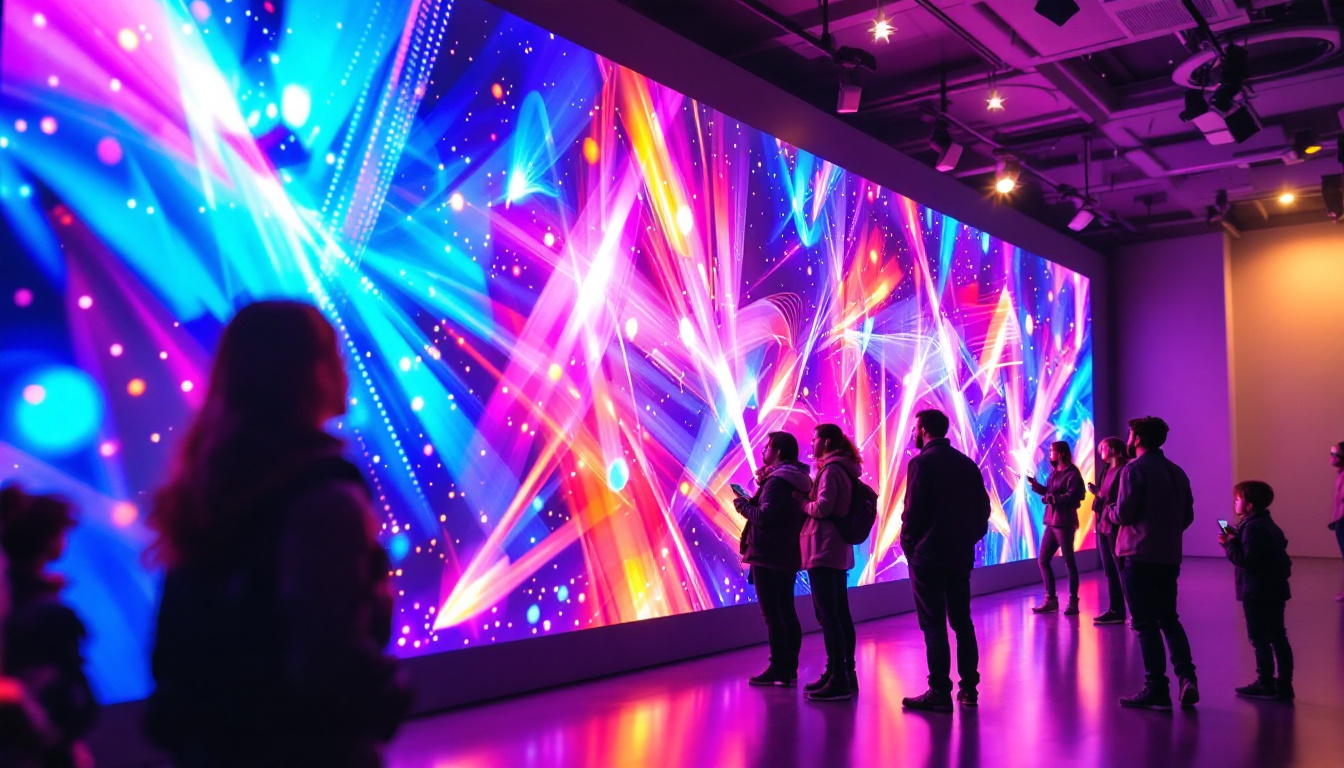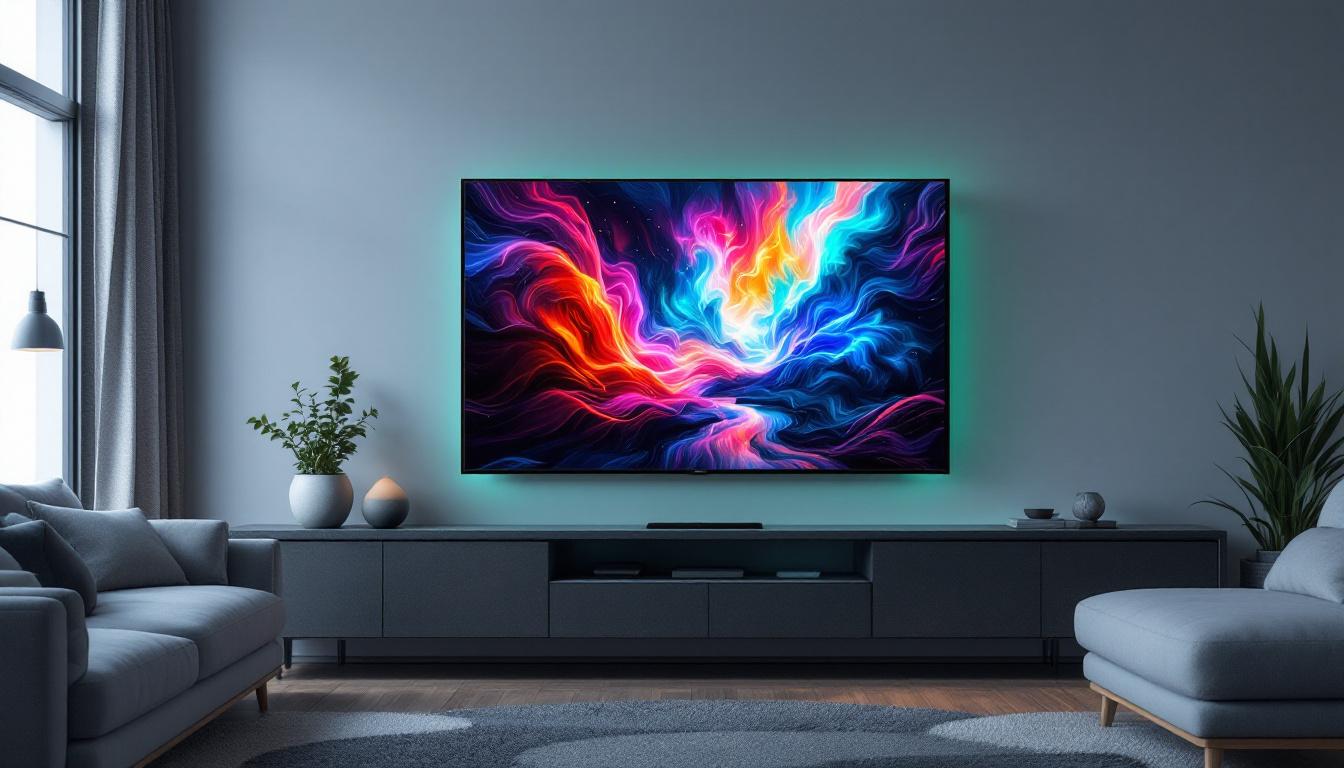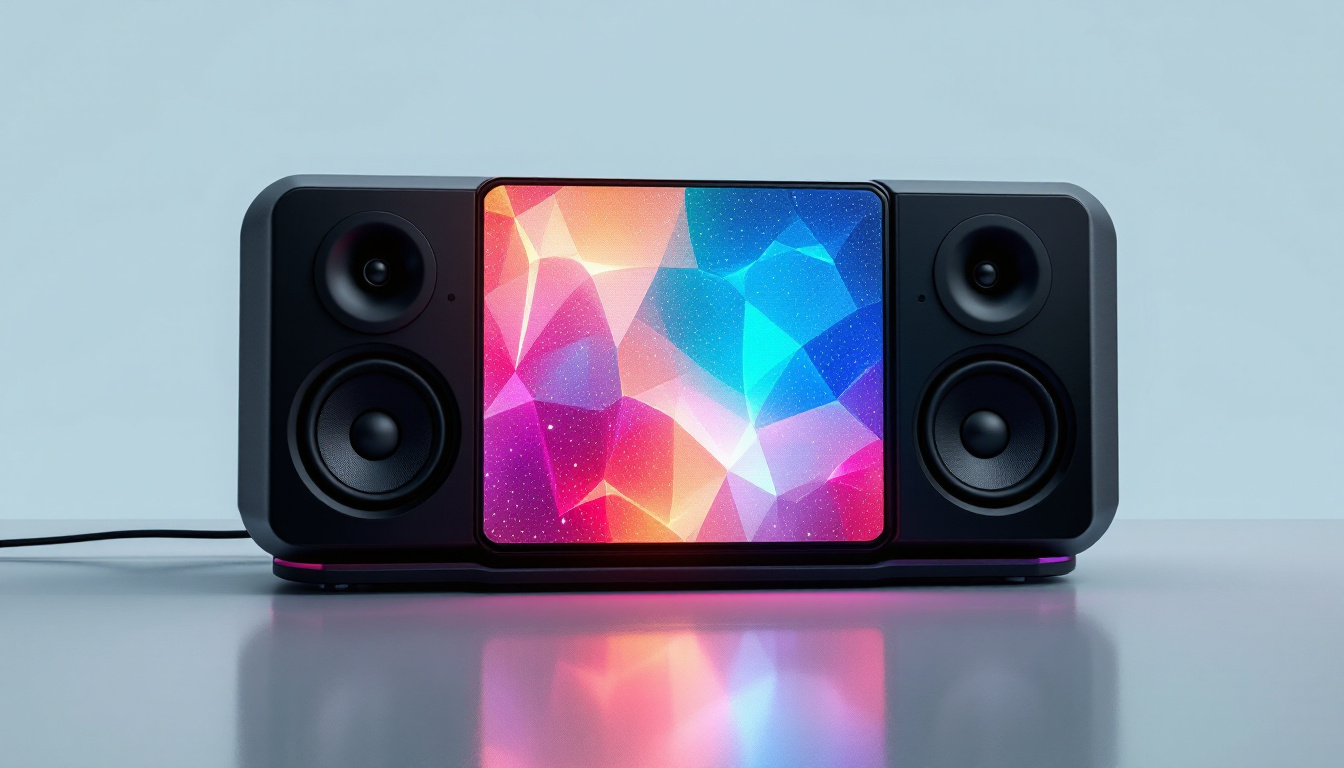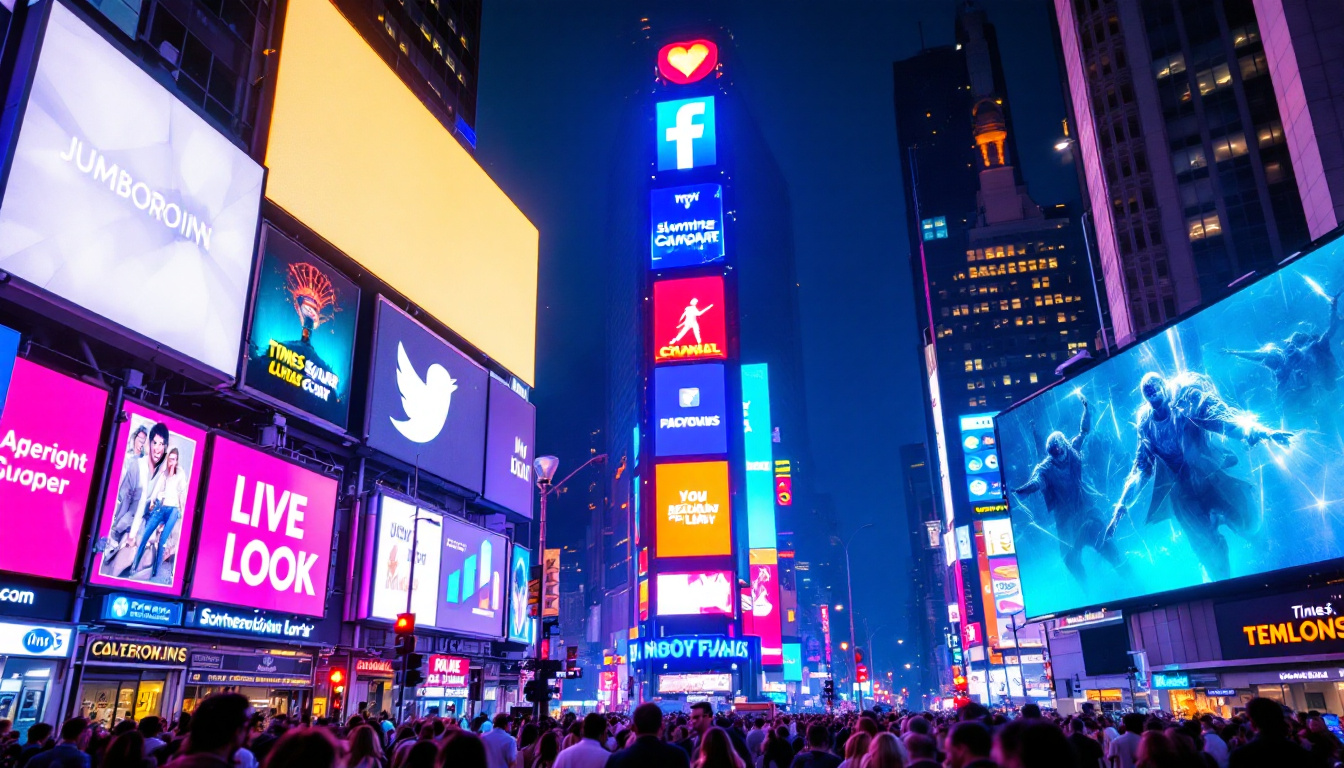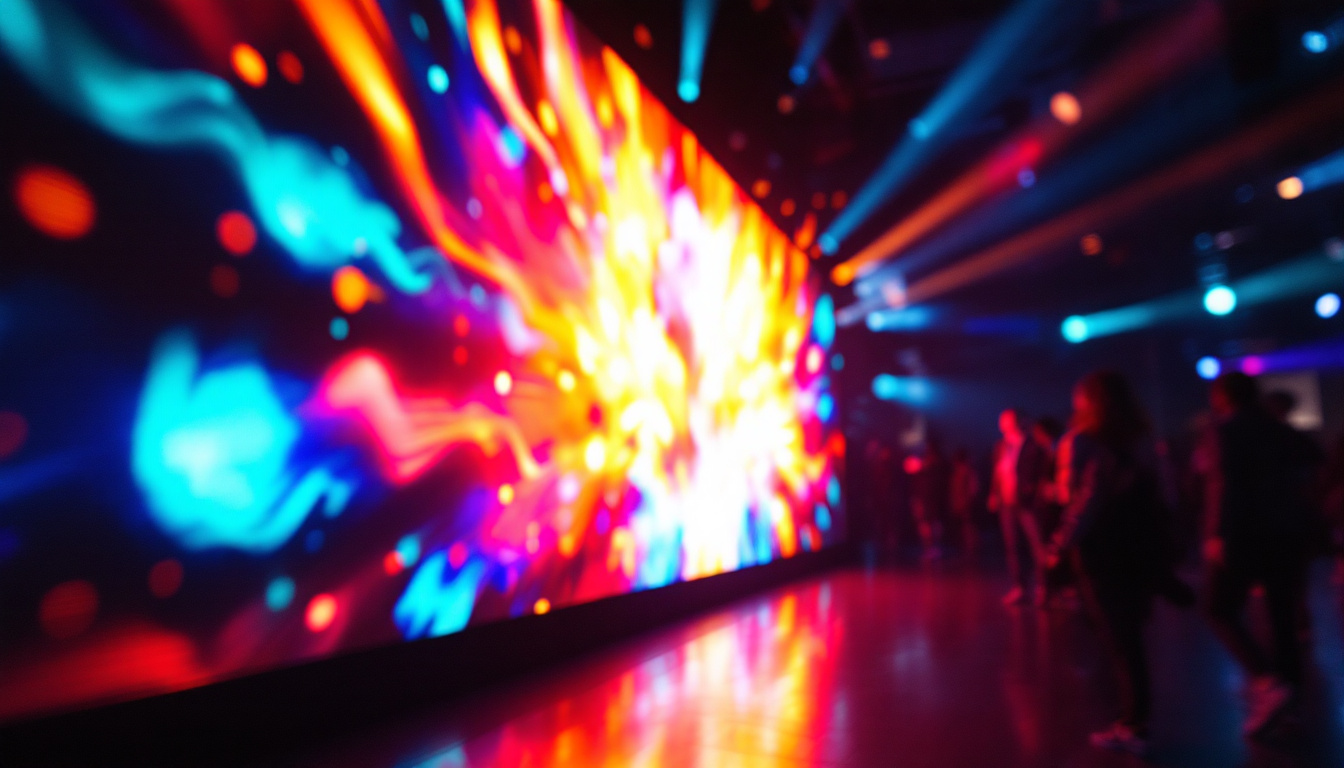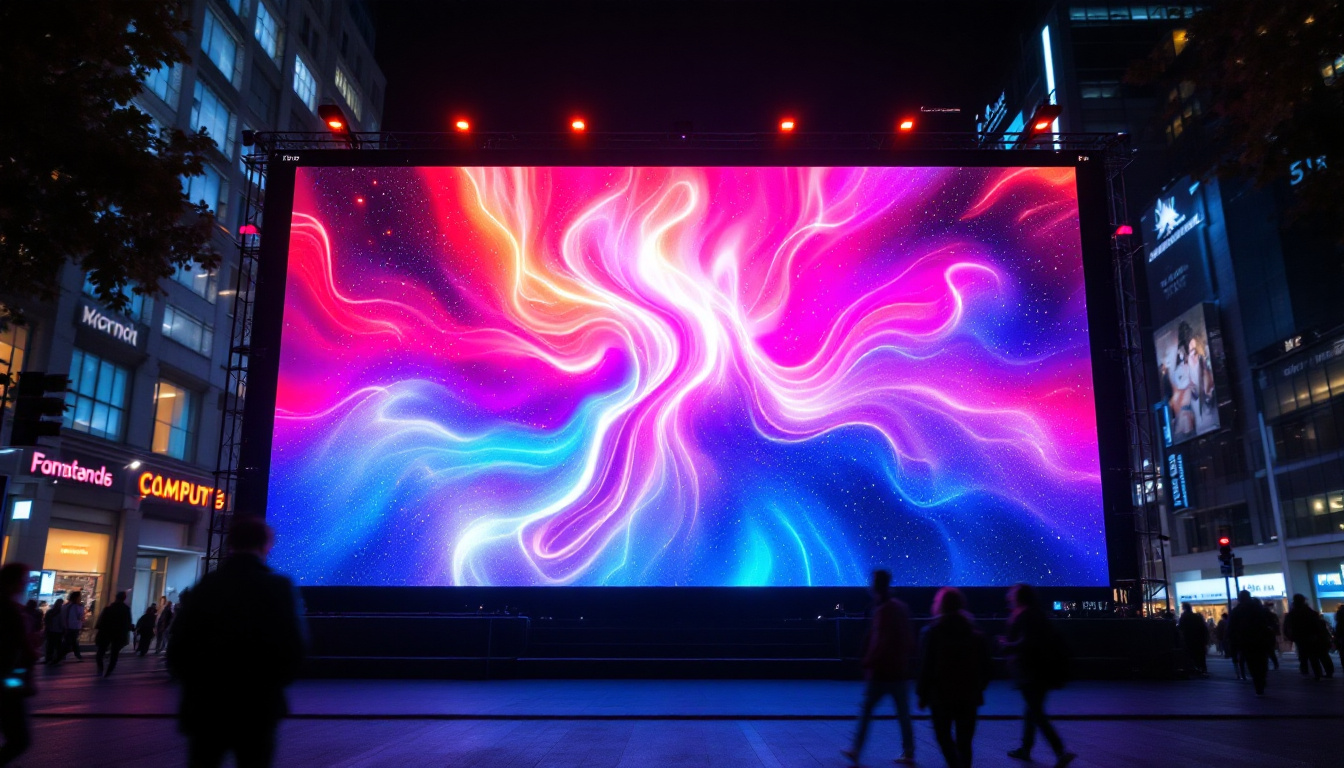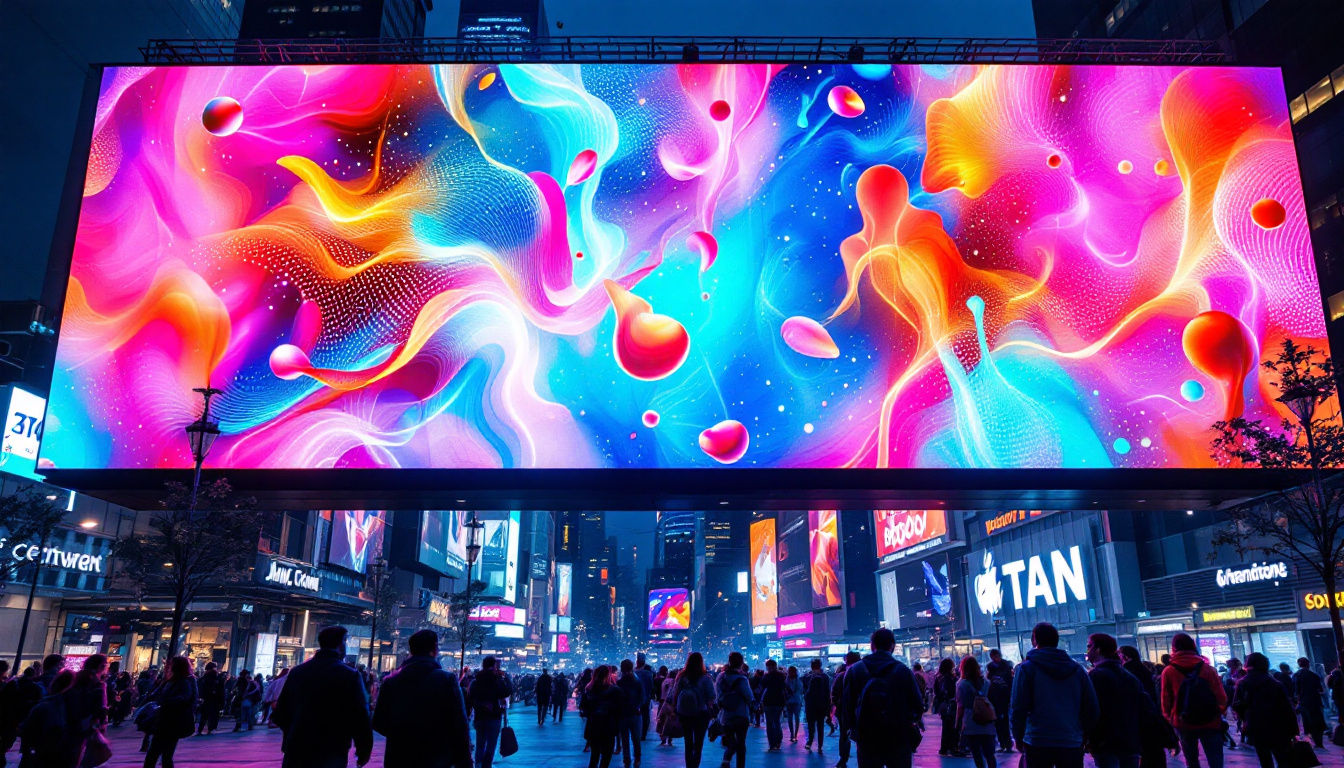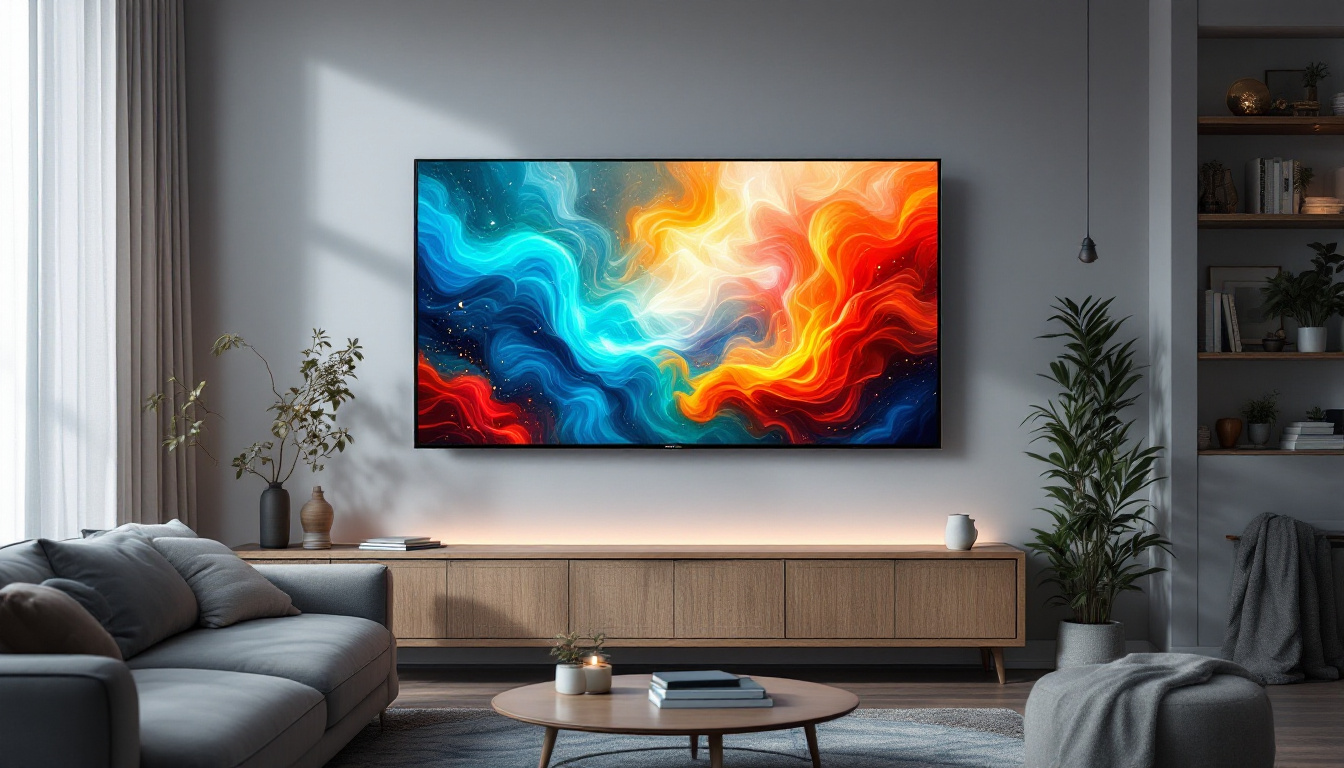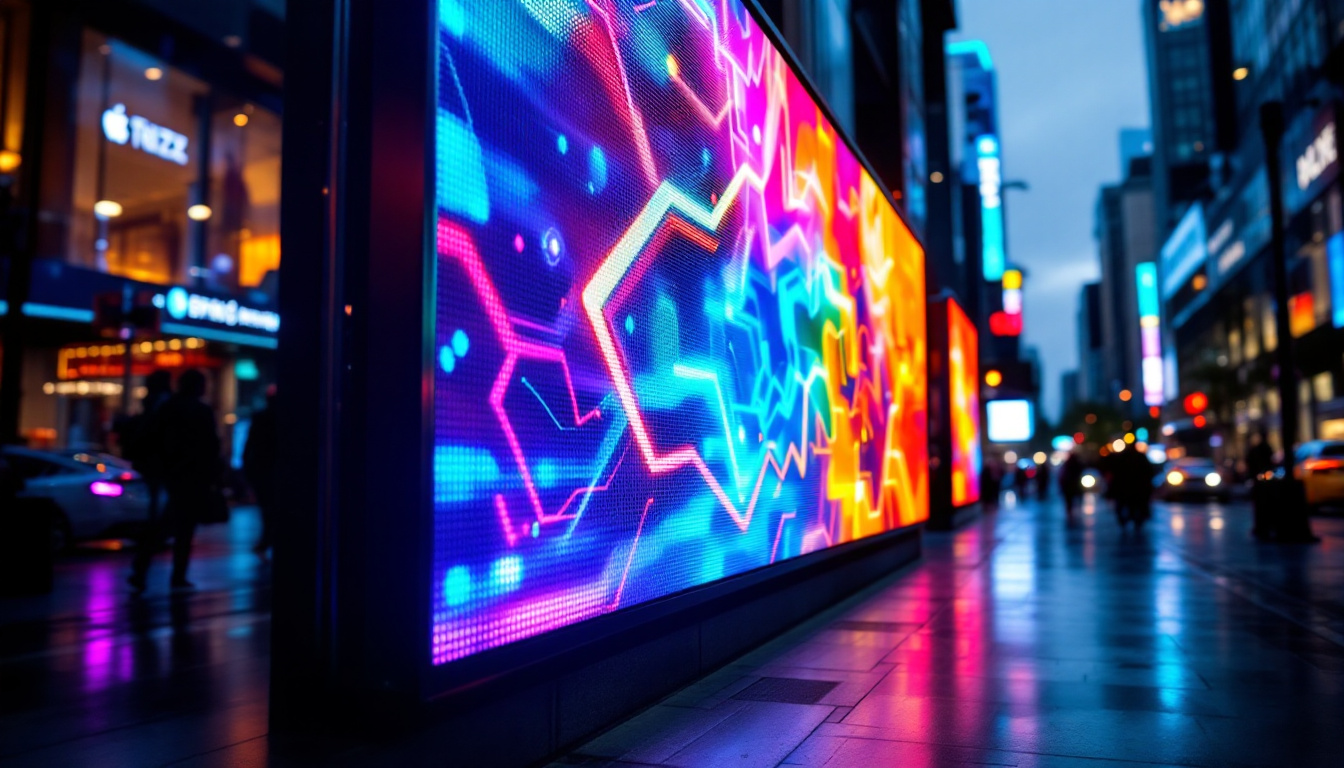In the ever-evolving world of marketing, businesses are continuously seeking innovative ways to capture the attention of their audience. One of the most effective tools that have emerged in recent years is the LED display. This technology not only enhances visibility but also offers dynamic content that can be tailored to specific audiences. In this article, we will explore the various aspects of LED displays, their advantages, applications, and how they can be leveraged for effective marketing strategies.
Understanding LED Displays
LED displays are electronic screens that utilize light-emitting diodes (LEDs) to produce images, videos, and text. They come in various forms, including indoor and outdoor displays, and can be found in a range of sizes. The technology behind LED displays allows for bright, vibrant images that can be seen clearly even in direct sunlight, making them an ideal choice for advertising in high-traffic areas.
How LED Displays Work
The basic principle behind an LED display is relatively straightforward. LEDs are semiconductor devices that emit light when an electric current passes through them. In an LED display, thousands of these diodes are arranged in a grid pattern, allowing for the creation of images and videos by turning individual LEDs on and off at high speeds.
Each pixel on the display is made up of red, green, and blue (RGB) LEDs, which combine to produce a full spectrum of colors. By controlling the intensity of each color, the display can create a wide range of hues and shades, resulting in stunning visuals that can grab the attention of passersby.
Types of LED Displays
LED displays can be categorized into several types based on their intended use and location. The most common types include:
- Indoor LED Displays: These displays are designed for use in venues such as shopping malls, airports, and stadiums. They typically have a higher pixel density, which allows for clearer images at closer viewing distances.
- Outdoor LED Displays: Built to withstand the elements, outdoor displays are used for billboards, signage, and event promotions. They are brighter and more durable, ensuring visibility even in harsh weather conditions.
- Mobile LED Displays: These are mounted on vehicles and can be transported to various locations. They are often used for events, parades, and promotional campaigns, providing flexibility in advertising.
The Advantages of LED Displays in Marketing
LED displays offer a multitude of advantages that make them an attractive option for marketers. From their visual appeal to their versatility, these displays can significantly enhance a brand’s marketing efforts.
High Visibility and Brightness
One of the most significant benefits of LED displays is their high visibility. The brightness of LED technology ensures that content remains clear and vibrant, even in bright sunlight. This characteristic makes them particularly effective for outdoor advertising, where competition for attention is fierce.
Moreover, the ability to display dynamic content, such as videos and animations, further enhances visibility. Moving images naturally draw the eye, making it more likely that potential customers will engage with the advertisement.
Cost-Effectiveness
While the initial investment in LED displays can be substantial, they often prove to be cost-effective in the long run. Traditional advertising methods, such as print and static billboards, require ongoing costs for materials and maintenance. In contrast, LED displays can be updated remotely and instantly, eliminating the need for physical replacements.
This flexibility allows businesses to change their messaging based on real-time data, seasonal promotions, or events, maximizing the return on investment. Additionally, LED technology is energy-efficient, leading to reduced electricity costs over time.
Engagement and Interactivity
LED displays can be designed to be interactive, allowing businesses to engage with their audience in real time. This interactivity can take many forms, from touch screens that allow users to navigate content to QR codes that link to websites or social media platforms.
By incorporating interactive elements, brands can create memorable experiences that encourage customer participation and foster a deeper connection with their audience. This engagement can lead to increased brand loyalty and higher conversion rates.
Applications of LED Displays in Marketing
The versatility of LED displays means they can be applied across various marketing channels and industries. Here are some prominent applications that showcase their effectiveness:
Retail Advertising
In retail environments, LED displays serve as powerful tools for promoting products and sales. They can be strategically placed near entrances or checkout areas to catch the attention of customers as they enter or exit the store.
Dynamic content can highlight special promotions, new arrivals, or seasonal sales, encouraging impulse purchases. Additionally, retailers can use LED displays to showcase customer testimonials or social media feeds, enhancing credibility and fostering trust.
Event Marketing
LED displays are a staple at events, concerts, and trade shows. They can be used to create immersive experiences that captivate audiences. For example, large outdoor screens can broadcast live performances, while smaller displays can provide information about schedules, speakers, or exhibitors.
Furthermore, LED displays can be utilized for wayfinding, helping attendees navigate complex venues. This not only improves the overall experience but also reinforces brand visibility throughout the event.
Public Information and Wayfinding
Beyond traditional marketing, LED displays are increasingly used for public information and wayfinding. Cities and municipalities utilize these displays to convey important messages, such as traffic updates, public safety announcements, or event information.
Incorporating LED displays into public spaces enhances communication with residents and visitors, creating a more informed community. Additionally, these displays can be sponsored by local businesses, providing them with advertising opportunities while serving the public good.
Best Practices for Using LED Displays in Marketing
To maximize the effectiveness of LED displays, businesses should adhere to several best practices. These guidelines can help ensure that the content is engaging and impactful.
Keep Content Simple and Clear
When creating content for LED displays, simplicity is key. Viewers typically have only a few seconds to absorb the information, so it is essential to convey messages quickly and clearly. Use bold fonts, high-contrast colors, and concise text to ensure readability from a distance.
Incorporating visuals, such as images or videos, can enhance understanding and retention. However, it is crucial to avoid overcrowding the display with too much information, as this can lead to confusion and disengagement.
Utilize Dynamic Content
Dynamic content is one of the most significant advantages of LED displays. Businesses should take advantage of this capability by regularly updating their messaging and incorporating animations or videos. This not only keeps the content fresh but also attracts repeat viewers who may be interested in new promotions or events.
Additionally, consider using data-driven content that changes based on real-time factors, such as weather conditions or local events. This level of personalization can significantly enhance engagement and relevance.
Monitor Performance and Adjust Strategies
To evaluate the effectiveness of LED displays, businesses should monitor their performance regularly. This can be achieved through various metrics, such as foot traffic, sales data, or customer feedback. By analyzing this information, businesses can gain insights into what works and what doesn’t.
Based on these insights, adjustments can be made to content, placement, or timing to optimize the impact of the LED displays. This iterative approach ensures that marketing strategies remain relevant and effective over time.
Challenges and Considerations
While LED displays offer numerous benefits, there are also challenges and considerations that businesses must address. Understanding these factors can help in making informed decisions regarding their implementation.
Initial Investment Costs
The initial costs associated with purchasing and installing LED displays can be significant. Businesses must assess their budgets and determine whether the long-term benefits justify the investment. It is essential to conduct a thorough cost-benefit analysis to ensure that the decision aligns with overall marketing goals.
Additionally, businesses should consider the potential for financing options or leasing arrangements that can alleviate the burden of upfront costs.
Content Management
Managing content for LED displays can be a complex task, especially for businesses with multiple locations or displays. Implementing a centralized content management system can streamline this process, allowing for easier updates and consistency across various platforms.
Training staff on how to use the system effectively is also crucial. Ensuring that team members understand the importance of timely updates and engaging content will contribute to the overall success of the marketing strategy.
Regulatory Compliance
Depending on the location, there may be regulations governing the use of LED displays, particularly for outdoor advertising. Businesses should familiarize themselves with local laws and obtain any necessary permits to avoid fines or legal issues.
Working with professionals who understand the regulatory landscape can help ensure compliance and smooth implementation of LED displays.
The Future of LED Displays in Marketing
As technology continues to advance, the future of LED displays in marketing looks promising. Innovations such as flexible displays, augmented reality integration, and enhanced interactivity are on the horizon, offering even more opportunities for engagement.
Integration with Smart Technology
With the rise of smart technology, LED displays are increasingly being integrated with data analytics and artificial intelligence. This integration allows for more personalized and targeted advertising, as businesses can tailor content based on audience demographics, preferences, and behaviors.
For instance, a retail store could use facial recognition technology to determine the age and gender of passersby, then display targeted promotions that resonate with that specific audience. This level of personalization can significantly improve the effectiveness of marketing campaigns.
Sustainability Considerations
As environmental concerns continue to grow, businesses are becoming more aware of the need for sustainable practices. LED technology is inherently more energy-efficient than traditional lighting options, but there is still room for improvement in terms of sustainability.
Future developments may focus on creating displays with recyclable materials and reducing energy consumption even further. Brands that prioritize sustainability in their marketing efforts may also enhance their reputation and appeal to eco-conscious consumers.
Conclusion
LED displays have revolutionized the way businesses approach marketing, offering a dynamic and engaging medium that captures attention and drives results. With their high visibility, cost-effectiveness, and versatility, LED displays are an invaluable asset for marketers looking to stand out in a crowded marketplace.
By understanding the technology, leveraging best practices, and staying informed about future trends, businesses can effectively harness the power of LED displays to enhance their marketing strategies. As the landscape continues to evolve, those who adapt and innovate will undoubtedly reap the rewards of this powerful advertising tool.
Discover LumenMatrix’s Innovative LED Solutions
Ready to elevate your marketing strategy with cutting-edge LED technology? Look no further than LumenMatrix, a pioneer in crafting visually stunning LED display modules tailored for any application. From vibrant Indoor and Outdoor LED Wall Displays to versatile Vehicle and Custom LED Displays, LumenMatrix offers a comprehensive range of solutions designed to captivate your audience and amplify your message. Experience the future of visual communication with our All-in-One and Transparent LED Displays. Check out LumenMatrix LED Display Solutions today and transform how you connect with your customers.



